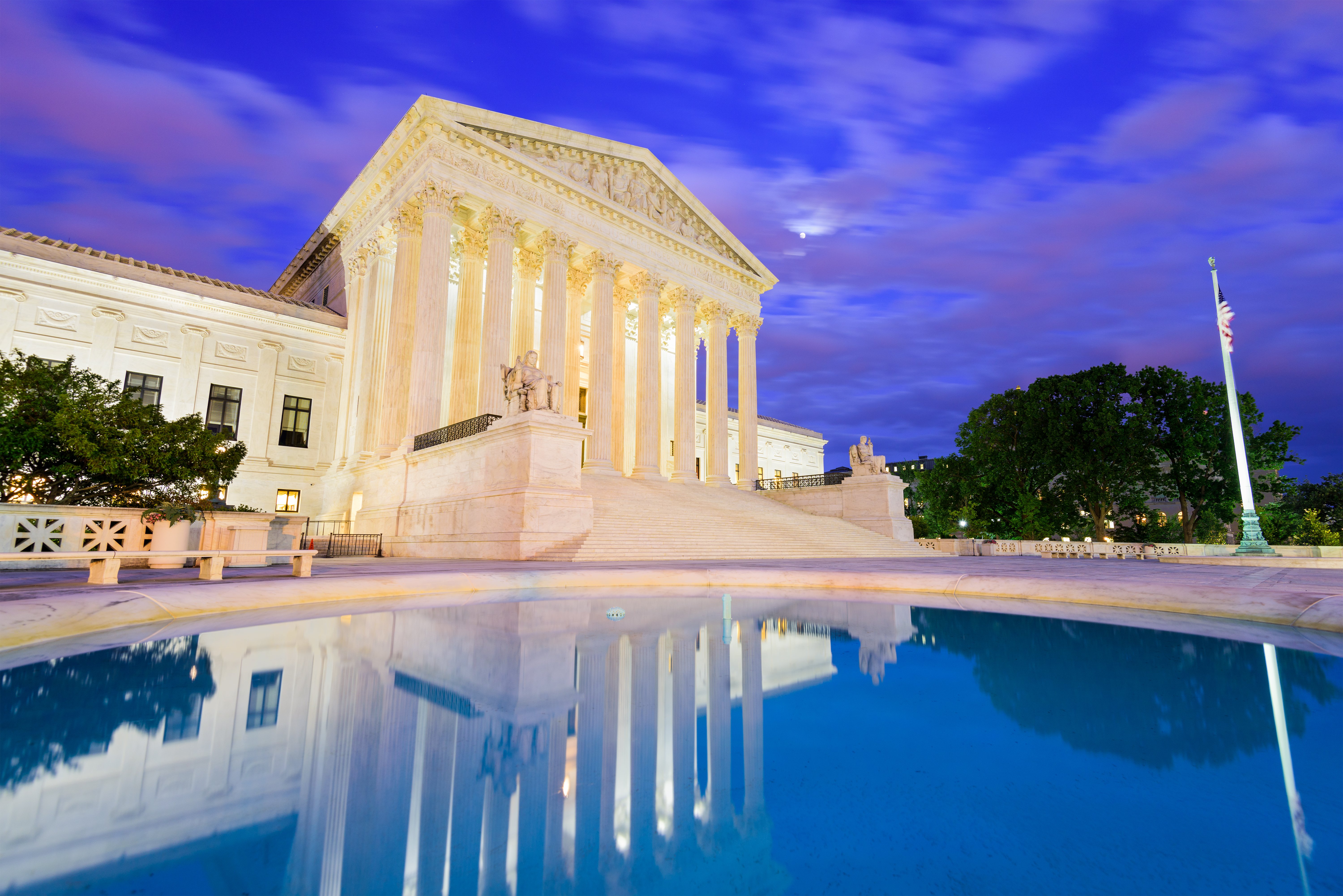
8 March 2024 • 4 minute read
Supreme Court Overview
Tehrani v. Hamilton Technologies LLC: Takeaway for practitionersOn February 16, the US Supreme Court denied Dr. Fleur Tehrani’s petition for writ of certiorari to review a ruling by the U.S. Court of Appeals for the Federal Circuit affirming a Patent Trial and Appeal Board decision invalidating certain claims of US Patent 7,802,571(the ’571 patent) as obvious.
In the cert petition, Dr. Tehrani had presented – among others – the following questions:
- Whether the Federal Circuit erred by declaring a non-expert a POSITA (Person of Ordinary Skill in the Art) despite all the evidence presented to the contrary
- Whether the Federal Circuit erred by affirming the Board’s decision invalidating the challenged claims of the ’571 patent when the claim requirements were not met by any combination of the alleged prior art
- Whether the Federal Circuit erred by affirming the Board’s decision invalidating the challenged claims of the ’571 patent when the requirements of obviousness under 35 U.S.C. § 103(a) were not met, and the decision was inconsistent with decisions of the Supreme Court of the United States and Federal Circuit precedent.
Federal Circuit affirms Board’s obviousness ruling
The Federal Circuit appeal stemmed from a petition for inter partes review (IPR) by Hamilton Technologies LLC of the ’571 patent, which relates to a method and apparatus for controlling a ventilator based on the measured levels of oxygen of the patient on the ventilator. After institution of the IPR, the Board found all challenged claims of the ’571 patent were invalid as obvious. Hamilton Techs. LLC v. Tehrani, IPR2020-01199, 2021 WL 6339598 (P.T.A.B. 2021).
The Federal Circuit affirmed, making two key determinations. Tehrani v. Hamilton Techs. LLC, No. 2022-1732, 2023 U.S. App. LEXIS 16293 (Fed. Cir. June 28, 2023). First, the Federal Circuit held that the Board did not abuse its discretion in crediting Hamilton’s expert because he had decades of experience with ventilator devices, was an inventor on two patents related to a portable oxygen generator for emergency use, worked in industry related to oxygen delivery and artificial ventilation since 1981, and at least 11 years of clinical experience in pulmonary function and respiratory therapy. Second, the Federal Circuit held that the Board did not err in finding the challenged claims invalid for obviousness under 35 U.S.C. § 103 because both combinations of prior art relied on by the Board disclosed, collectively, all the limitations of the challenged claims.
Dr. Tehrani’s petition for writ of certiorari
Dr. Tehrani’s cert petition took issue with these findings and largely rehashed arguments made to the Federal Circuit. For example, Dr. Tehrani argued that Hamilton’s expert should not have been credited as an expert nor as a POSITA, because the expert was a biologist with an outdated respiratory therapist license.
Dr. Tehrani also argued the obviousness decision was flawed. Specifically, she argued the Federal Circuit did not address most of the 12 errors in the Board’s decision identified by the petitioner to the Federal Circuit. She further argued that the opinion conflicted with Supreme Court and Federal Circuit precedent “on claim construction, on combining heterogenous uncombinable references teaching away from the method of the claims at issue, by using references presenting untrue results, and by using flawed unsupported testimonies versus credible published evidence and testimonies.”
Finally, Dr. Tehrani warned that the Federal Circuit’s decision “disrupts the settled expectations of the inventing public” because the requirements of the law had “been completely overlooked.”
Takeaway for practitioners
Tehrani v. Hamilton Techs, LLC offers practical guidance for practitioners attempting to combat an obviousness challenge.
When challenging obviousness combinations, it is not enough to point to limitations that are not present or that may be lacking in individual prior art references. As explained by the Federal Circuit, this will not defeat a showing that a combination of references collectively discloses all the limitations of the challenged claims: “What matters is what the combination of references collectively contain, not what they individually contain or lack.”
To learn more about the implications of Tehrani v. Hamilton Techs, LLC, please contact any of the authors or your usual DLA Piper relationship attorney.


